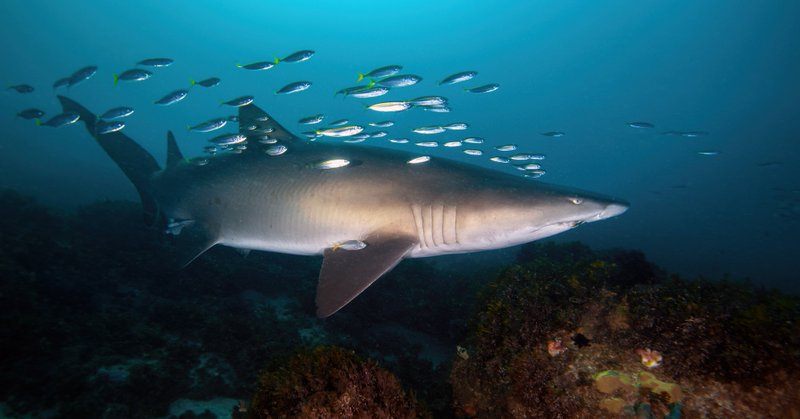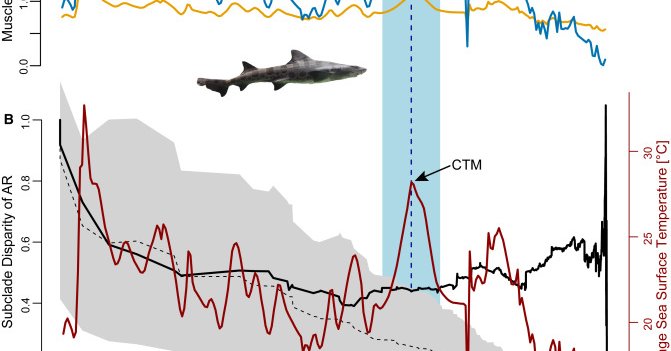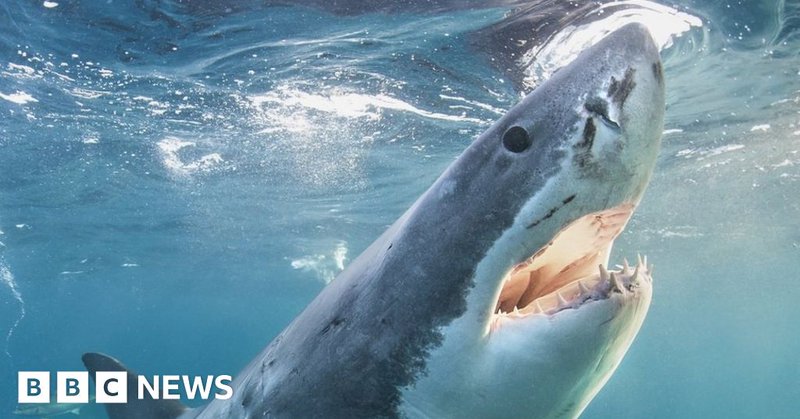
UCR EEOB GSA
@ucr_eeob_gsa
Followers
259
Following
254
Media
85
Statuses
536
#Evolution, #Ecology, and Organismal #Biology (EEOB) @UCRiverside https://t.co/UeRgNyWrab
Riverside, CA
Joined November 2018
Excited to share that our department presented at the 2025 Society for Freshwater Science (SFS)! Adrian & Ria from the Anderson Lab shared latest work on river connectivity, metacommunity dynamics, and size spectra as a bioindicator in urban systems #EcologyInAction
0
1
1
Using skulls and specimens from bighorn sheep, pygmy sperm whales, and woodpeckers, they explored how extreme animal behaviors help scientists understand TBI, CTE, and brain evolution. Inspired by Dr. Nicole Ackermans’ research!.#BrainAwareness #ScienceOutreach #UCR #EEOB
0
1
1
RT @ucr_eeob_gsa: GradFest Symposium poster session was a huge success!! Thanks to all the wonderful presenters 🎉🎉
0
2
0
RT @UCRCNAS: Underwater volcanoes made sharks more fierce: scientists #UCRscience #biology #sharks #volcanoes #clim….
newsweek.com
Ancient sharks may have had breathing difficulties due to low oxygen levels near the ocean floor in Cretaceous times, says study.
0
1
0
Come learn about Megalodon by our recent PhD graduate Dr. Sternes! 🦈 .
eventbrite.com
New research shows just how big this ocean predator was, what it ate, how it lived, and why it became extinct.
0
1
2
RT @HighamLab: How sharks survived a major spike in Earth’s temperature
news.ucr.edu
The sharks we know today as the open ocean’s top predators evolved from stubby bottom dwellers during a dramatic episode of global warming millions of years ago.
0
1
0
RT @HighamLab: New paper about the rise of pelagic sharks in the Cretaceous. Warm water, faster swimming, and increased pectoral fin aspect….
cell.com
Sternes et al. use an integrative approach to show that sharks first expanded to the pelagic zone during the Cretaceous, linked with adaptive evolution of their pectoral fin shape. The mid-Cretaceo...
0
22
0
































